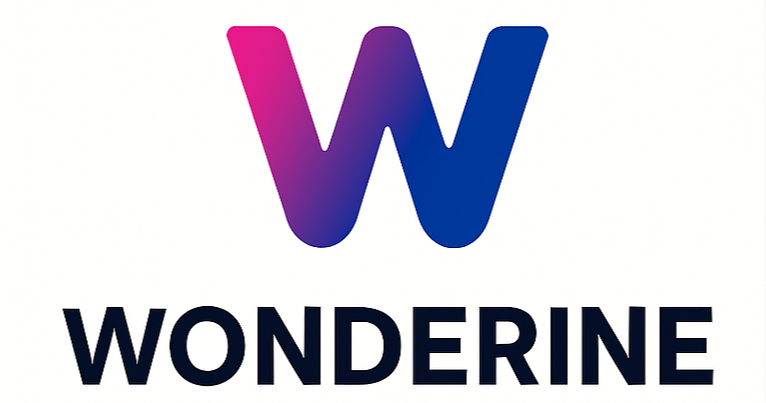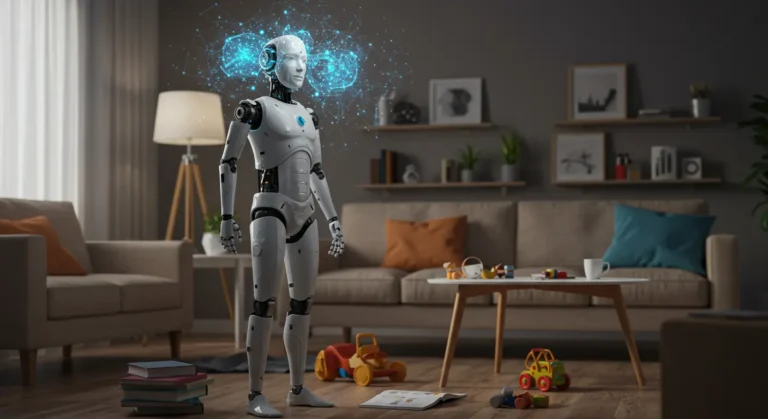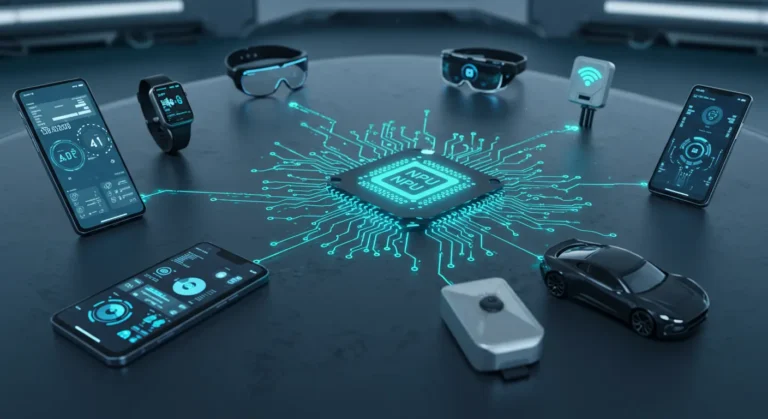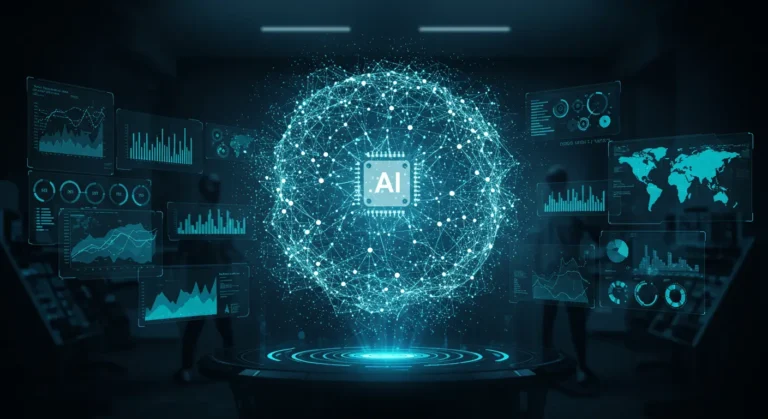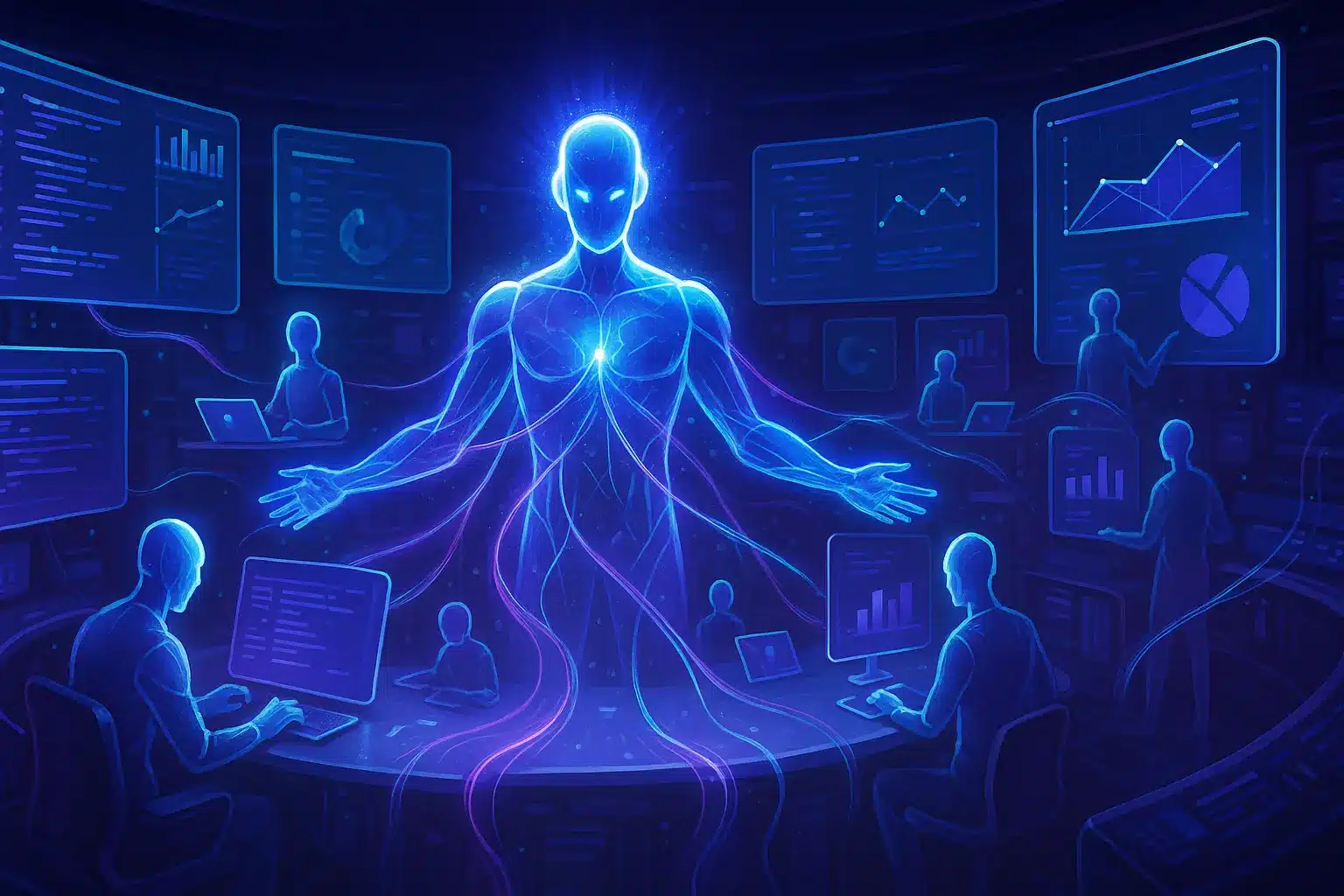
We used to ask AI for answers. Now, we assign it tasks. Welcome to the era of agentic AI, where large language models are evolving beyond reactive chatbots into goal-driven agents — autonomous systems that plan, reason, and execute tasks with minimal human intervention.
If ChatGPT was your helpful assistant, an agent is your project manager, coder, analyst, and problem solver all in one. Think less Q&A — more ROI.
Big tech sees it. Startups feel it. And 2025 might be the year agentic AI quietly becomes the most disruptive layer of the new digital workforce.
What Exactly Is Agentic AI?

Agentic AI refers to AI systems that operate as independent software agents, not just static models. These agents accept goals, break tasks into steps, call tools, observe results, and iterate toward completion. They behave proactively, unlike traditional LLMs.
Give one a task — say, “Plan a product launch and generate the campaign assets” — and it may: create a timeline, research competitors, write ad copy, design images via API, and report back with everything neatly bundled.
From Chatbots to Taskmasters — The Evolution

We’ve moved from reactive chatbots (Phase 1) to early agent frameworks (Phase 2: AutoGPT, LangChain), and now to full-scale infrastructures (Phase 3: OpenAI’s GPTs, Microsoft AutoGen, Google A2A Protocol).
What started as hacky prototypes has evolved into structured, scalable AI frameworks deployed at scale.
What Can Agents Actually Do?

- Automated Reporting: Weekly summaries, reconciliations, anomaly detection.
- Content Production: SEO drafts, image generation, multi-platform publishing.
- Personal Assistants: Calendar syncing, task coordination, email follow-ups.
- Research Agents: Paper analysis, method comparisons, insight extraction.
Enter Multi-Agent Ecosystems
Imagine this flow: a ResearchAgent scans data, a CopyAgent writes content, a DesignAgent generates visuals, an UploadAgent posts, and an AnalyticsAgent optimizes performance — all talking to each other via protocols like AutoGen and A2A.
It’s the beginning of collaborative AI teams that can outperform human-only workflows in speed and scale.
Why Businesses Are Paying Attention
- Cost Efficiency: Less headcount for more output.
- Workflow Automation: End-to-end execution without bottlenecks.
- Speed: Faster iteration, faster results.
- Consistency: Lower error rates, standardized logic.
Gartner predicts 60% of enterprise applications will feature agentic AI by 2026.
The Risks and Challenges
- Control: Agents may hallucinate or spiral in closed loops.
- Security: Improper access to tools or APIs could be dangerous.
- Ethics: Replacing human roles raises labor and privacy concerns.
- Accountability: Who is responsible when an agent fails?
That’s why businesses lean toward human-in-the-loop oversight — AI gets things 90% done, humans check the last 10%.
What Comes Next?
- Agent marketplaces
- No-code agent builders
- Protocol standardization (A2A, AutoGen)
- Cross-agent orchestration across companies
Expect to see agents not just assisting — but coordinating and leading digital workflows, even hiring other agents.
FAQs
Is agentic AI the same as AGI?
No — it’s not sentient. Agents operate within logic trees and tools, but lack consciousness.
Can I build my own AI agent?
Yes. Use frameworks like AutoGen, LangChain, CrewAI, or OpenAI GPTs.
What’s the easiest way to start?
Automate a small workflow like email drafting or content research. Measure the results. Iterate.
🚀 Build Faster. Automate Smarter.
Agentic AI isn’t coming — it’s already here. Use it. Lead with it. Build the future with it.
👉 Follow Wonderine for more Juno Vector insights delivered weekly.
]]>